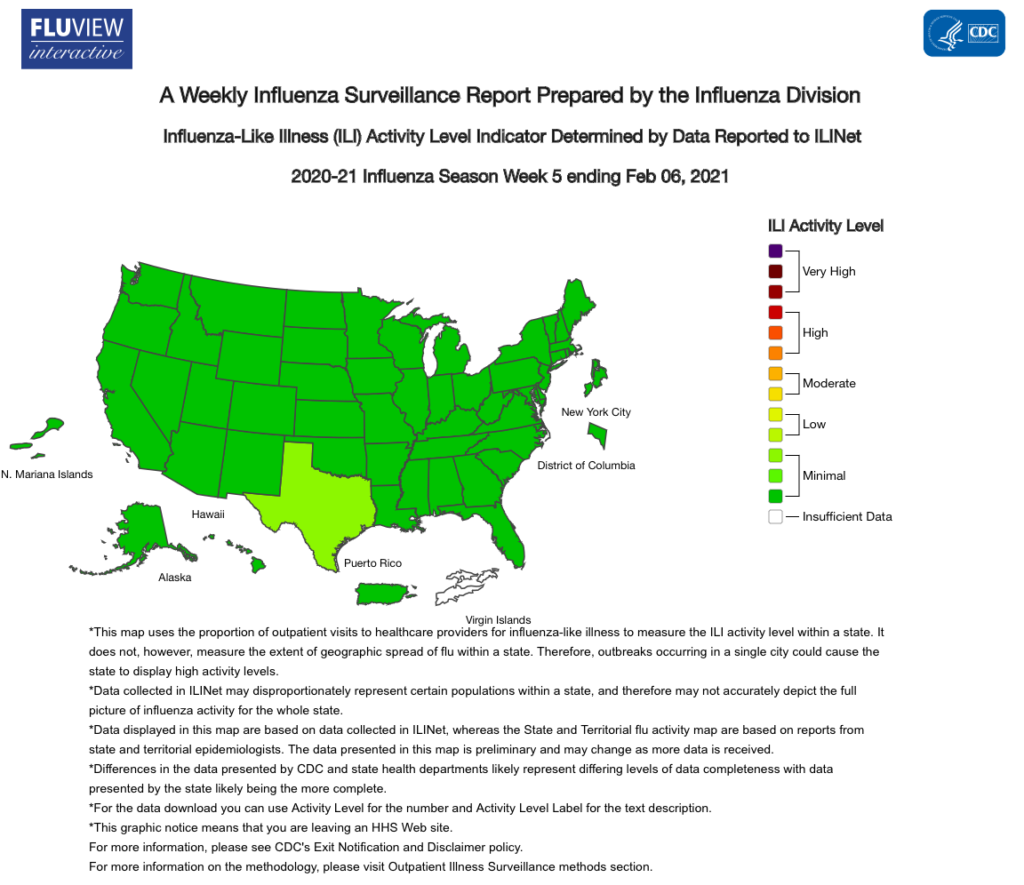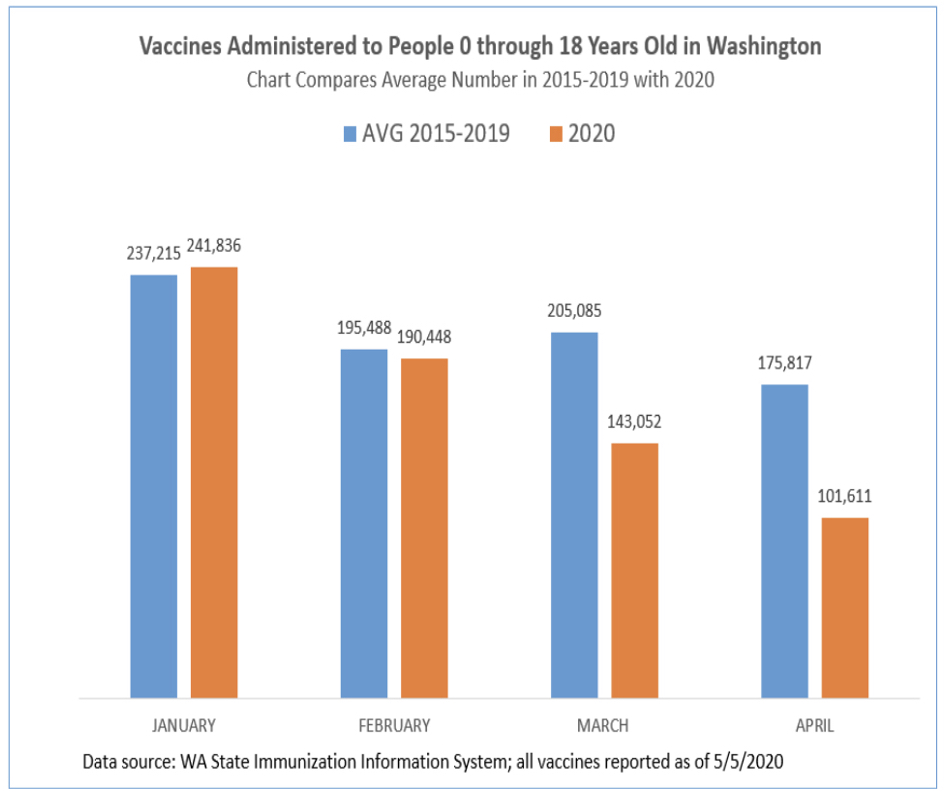Recently my two sons returned from a long-awaited and well-deserved week at sleep away camp. The camp required vaccination or a negative COVID test within 72 hours of attendance and had very reasonable masking guidelines (masking was required when gathering indoors in groups but not when outdoors). Yet, both kids (both fully vaccinated) came home with coughs, congestion, runny noses and sneezing. Now, in any other time, I would have thought very little about this. But these are not normal times. Most likely, this is some run-of-the-mill virus. But, is it? Is it a cold or is it COVID?
“Is it a cold or is it COVID?”
I wrestled with this question for days. After all, we know vaccines aren’t perfect and those who get sick despite having had their vaccines tend to have milder symptoms. And we know testing (for those kids who hadn’t been vaccinated) isn’t always reliable. So, could a COVID-infected child have made their way into camp and triggered a mass spread of illness? While not likely, it was possible.
The debate
This set off an intense debate in my home. Do we need to get the kids tested for COVID? Do we need to isolate them from family and friends? Do we have to keep them home from basketball skills training and tennis camp? Do we, as doctors who take care of patients who are immune compromised and children who have not yet had the opportunity to be vaccinated, need to do anything differently now that we have sick kids at home? I won’t tell you who came down on what side of the debate, but it led to some family tension for a bit. And it really brought to light what a hot mess we might have on our hands this fall and winter if schools don’t continue to require masking, distancing, and sanitizing practices for kids as they return to full-time, in-person school.
Let’s imagine…
Let’s take the fact that vaccines could save your life or the life of someone you love out of the discussion. Let’s imagine, for a minute, what life will be like as masking guidelines lift and parents are back to in-person work and kids are back to in-person school. What happens if a child gets the sniffles or a fever? Do we send them to school? How will we know if it is a cold or the flu or COVID? What happens if you get to work and you start not feeling well? Will you stay at work and risk infecting your co-workers? Will you go home? How long will you need to stay home? Will you need to get tested?

Knowing how to proceed with testing, quarantining, and more if masking guidelines relax as kids head back to school is going to be tricky! Image from Pixabay.
Both parents and children will be at risk of getting yanked from work or school numerous times throughout the year. This has the potential to be HIGHLY disruptive to home life and to our children’s education. At least in the height of the pandemic kids and parents had the option to do school virtually and to work from home, even while mildly sick. But once we go back to full-time, in-person work and school, some offices and many school districts may not be offering an as-needed virtual option.
We’re in for a rude awakening
While distancing and masking and sanitizing during the Pandemic, we hardly saw a case of the flu or RSV or even the common cold. But once these public health mitigation measures let up, we are going to see these respiratory and other viruses come roaring back. Let me show you an image which beautifully illustrates the successes of our public health mitigation measures.


Data from the CDC ILINet tracker looking at flu activity across the country. Image from cdc.gov.
The CDC tracks influenza-like illness (ILI) activity every week of every year. The map on top shows influenza activity across the US in the winter of 2020 (just when COVID was starting to pick up steam and before we went in to lock-down). The map below shows influenza activity in the same time period of 2021 (when we had full mitigation measures in place). Amazing, isn’t it? There was virtually NO flu activity in the US this past year. And flu can be very serious. It kills tens of thousands of people every year.
Worried about a Twin-demic? How about a Triple- or Quadruple-demic?
We were worried about a “Twin-demic” in the fall of 2020, but we should really be worried now. Not only is the highly contagious Delta variant rapidly becoming the most common variant causing illness in our country, but millions of children and adults are behind on their routine immunizations (like MMR and pertussis and pneumonia vaccines). Immunizations for kids 0-18 in Washington State dropped up to 40% during the pandemic.

Graph showing decrease in routine pediatric immunizations between January to April 2020 compared to the same time frame pre-pandemic. Image from doh.wa.gov.
We must work as fast as we can to get every eligible citizen vaccinated against COVID, caught up on their routine vaccines, and vaccinated against flu when the time comes. If we don’t, and if we allow mitigation measures to falter, I will not be surprised if we see not just a “Twin-demic” but a “Triple- or Quadruple-demic” of serious and deadly disease. Measles already made a comeback a few years ago. With falling immunization rates, it could return again. Our health systems, but most especially our exhausted and traumatized healthcare workers, won’t be able to handle it.
We can no longer argue for a “wait and see” approach

Daily Trends in COVID-19 Cases in the United States Reported to CDC showing a recent rise in cases again. Image from CDC.gov
We’ve now immunized hundreds of millions of people against COVID and our vaccines are proving HIGHLY effective and safe. We anticipate full FDA approval of Pfizer, and possibly other vaccines, by the beginning of 2022. Infections, hospitalizations, and deaths are again on the rise and the greatest number of people now hospitalized and dying from COVID are the unvaccinated. Enough waiting and seeing. The time is now. Vaccinate!
Thanks for joining me. If you are not already on the email list to receive blogposts automatically, hop on over to the home page and sign up! Until next time…


Hi, I have several family members (Not in my immediate family) who have done the “wait and see approach” One of them knows he probably can’t take the vaccine because of a condition in his childhood, and the other family member is hesitant in general because of how new Pfizer’s technology is. When I was hesitant, I decided to take the J&J vaccine after a few months of waiting, because it wasn’t exactly like the Pfizer and required only 1 shot. But now there’s the risk of blood clots with J&J, so this family member won’t take J&J. Is there any vaccine not using the same method as the flu that is more acceptable to take? Also, what do you make of the VAERS data over this vaccine? Is it true that this vaccine has had higher VAERS reports than other vaccines? I know as a member of the general public VAERS is not accurate since it is self reported, but it seems like there’s been quite a few side effects, such as miscarriages and missed periods, bloody noses, etc, and limited data to show for. Especially with the newer technology vaccines like Pfizer and AstraZeneca. Here’s one particularly concerning article that led a researcher to say we should certainly be more cautious with AstraZeneca. Are we pushing too far too fast? Thank you for your response in advance!: https://sciencenorway.no/covid19-vaccines/people-vaccinated-with-astrazeneca-reported-mild-bleeding-episodes-significantly-more-often-than-those-who-got-an-mrna-vaccine/1842859
Hi Mason,
Thanks for the questions. The mRNA vaccine technology is actually not that new. It has been under study for other vaccines (flu, zika, rabies, etc.), including in human trials, for the last 10 years. This is just the first time we have seen this type of vaccine come to general use. I’m not sure what type of your reaction the family member had – I’m guessing it was to a flu vaccine? None of our currently available vaccines use the same technology as the flu vaccine. The only current contraindications to the COVID vaccines are a severe/life-threatening allergic reaction to the vaccine itself, one of its ingredients, or polysorbate (as a polysorbate allergy – not in the mRNA vaccines – can cross react with polyethylene glycol allergy – which is in the vaccines). Your family member would need to talk to his/her provider to sort out if there would be any concern but likely there won’t be. Regarding the larger # of reports to VAERS, this is to be expected. We are giving more vaccines at one time than any other time in history (at least since VAERS has been available) and most people, who had never before heard of VAERS, are now familiar with the VAERS system and the need to report any possible vaccine-related event. The Pfizer and Moderna vaccines have now been given over 300 million times and we have really seen no major adverse events. The only significant finding, thus far, has been the rare cases of myocarditis and pericarditis, which are generally mild and recoverable (most often treated with rest, anti-inflammatory medications, and avoidance of sports for a time). The J&J and AstraZeneca vaccines both use the same adenovirus vector technology, so there may be some thing about this type of vaccine that can trigger a decrease in platelets (these are the cells that can clot blood and a decrease in them can lead to bleeding). This needs more investigation, absolutely. BUT, as it says in the article about the AstraZeneca vaccine, these have most often been mild cases of bleeding (nose bleeds, for example). I hope that addresses all the questions you have. We had very robust vaccine oversight and monitoring to begin with (we have the safest vaccine supply in the world) and now it is even greater with the addition of VSAFE and other redundant monitoring symptoms. I feel tremendously confident about the mRNA technology (confident enough to take it myself and to give it to my kids) and am excited about this platform for use in future vaccines.